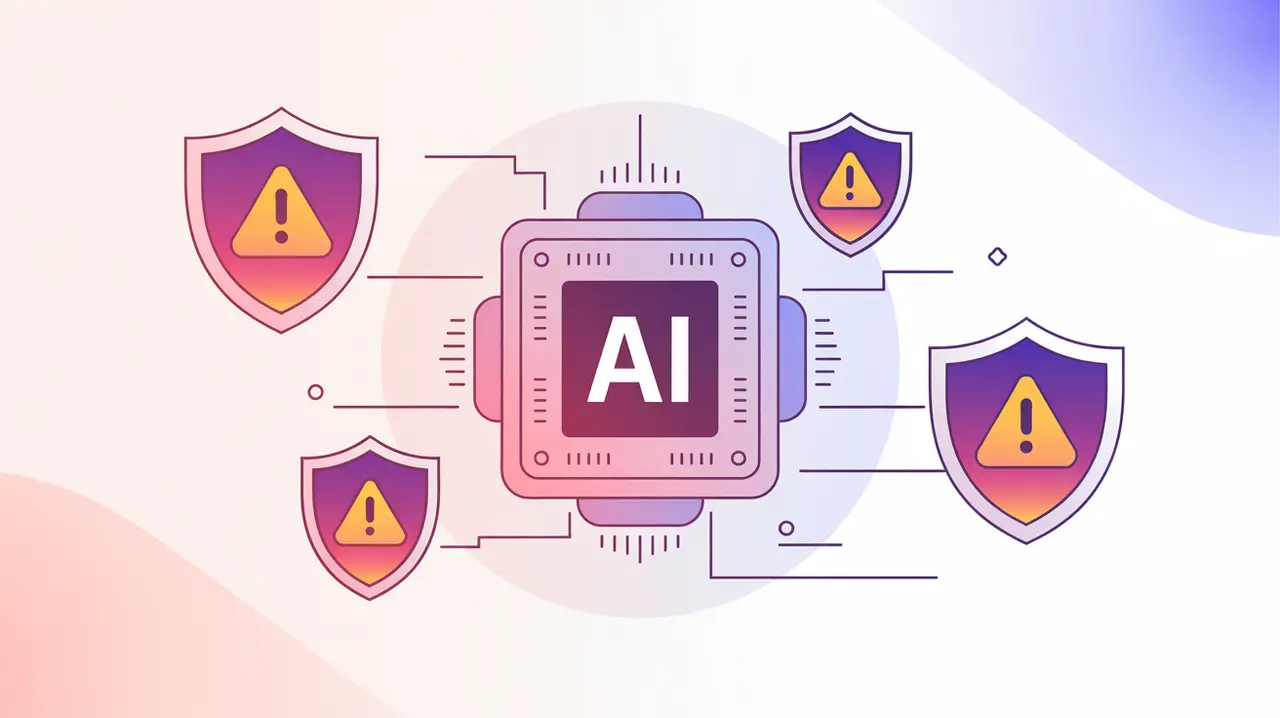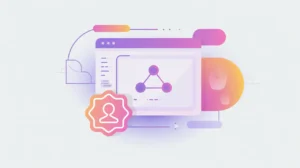Importance of Third Party Risk Management
Third Party Risk Management (TPRM) refers to the processes organizations use to identify, assess, and mitigate risks that arise from working with external vendors, partners, or service providers. In the AI ecosystem, third-party risks include vulnerabilities in datasets, software libraries, cloud infrastructure, and outsourced services. Its importance today lies in the interconnected nature of AI supply chains, where a single weak link in a vendor can expose multiple organizations to significant threats.
For social innovation and international development, TPRM matters because mission-driven organizations often rely on third parties for affordable access to technology, expertise, or infrastructure. Without strong oversight, they risk data breaches, service interruptions, or ethical misalignments that undermine trust and mission delivery.
Definition and Key Features
TPRM frameworks involve mapping all external relationships, evaluating vendor practices, and monitoring compliance with security, privacy, and ethical standards. Assessments typically include due diligence on data protection, financial stability, regulatory compliance, and sustainability practices. Risk categories may extend beyond security to include reputational and operational risks.
This is not the same as procurement, which focuses on acquiring goods or services. Nor is it equivalent to internal risk management, which addresses vulnerabilities within an organization. TPRM specifically focuses on external dependencies and the risks they create.
How this Works in Practice
In practice, TPRM uses questionnaires, audits, certifications, and automated monitoring tools to evaluate vendors continuously. Organizations may categorize vendors by criticality, applying stricter oversight to those handling sensitive data or mission-critical services. Shared responsibility models in cloud services also require organizations to clarify where vendor accountability ends and internal accountability begins.
Challenges include the complexity of modern supply chains, lack of transparency from vendors, and limited capacity within small organizations to run thorough assessments. Power asymmetries may also limit the ability of mission-driven organizations to negotiate strong risk-mitigation terms.
Implications for Social Innovators
Third party risk management is essential for mission-driven organizations that rely on external technologies and services. Health systems must ensure that third-party diagnostic tools and data processors comply with privacy standards. Education initiatives depend on cloud platforms and edtech vendors that safeguard student data. Humanitarian agencies rely on communications and logistics partners whose failures could disrupt crisis response. Civil society groups advocating for accountability require frameworks to ensure their technology partners align with ethical commitments.
By implementing robust third party risk management, organizations can protect their missions, reduce vulnerabilities, and strengthen trust across the ecosystems in which they operate.







